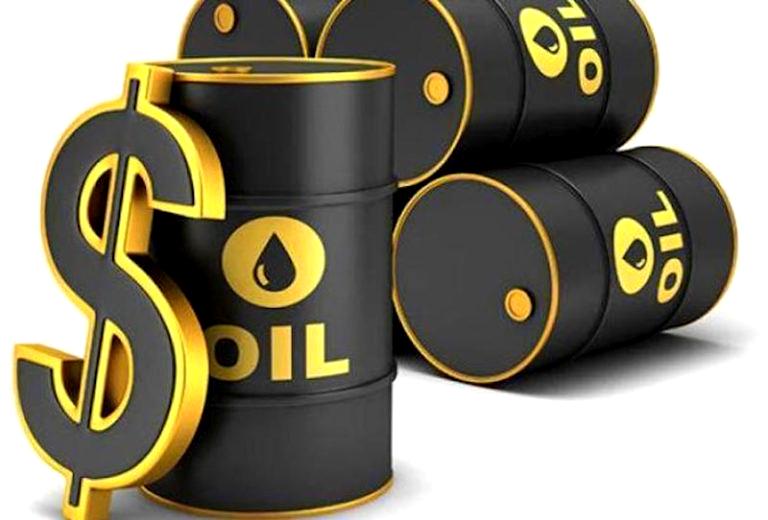Oil prices edged slightly higher on Friday after better-than-expected U.S. employment data though both benchmarks remained on course to fall more than 4% on the week amid U.S. interest rate hike jitters. Brent rose 74 cents, or 0.9%, to $82.33 a barrel. U.S. West Texas Intermediate crude was up 57 cents, or 0.8%, at $76.32. Expectations of further rate hikes in the world’s largest economy and in Europe have clouded the global growth outlook and driven both crude benchmarks down about 4.5% so far this week, their worst drop since early February. A strengthening dollar is also making oil more expensive for holders of other currencies.
“Oil prices are fluctuating wildly on renewed fears of Fed interest rate increases,” said Price Group analyst Phil Flynn. Global shares, which often move in tandem with oil prices, hit a two month low as investors dumped banks. U.S. Federal Reserve Chair Jerome Powell has warned of higher and potentially faster rate hikes, saying the Fed was wrong in initially thinking inflation was “transitory”. Its next monetary policy meeting is planned for March 21-22. Broader U.S. employment data for February beat expectations with non farm payrolls rising by 311,000, compared with a expectations of 205,00 jobs added, according to a Reuters survey. This is likely to ensure that the Fed will raise interest rates for longer, which analysts have said would weigh on oil prices. On the supply side, major oil producers Saudi Arabia and Iran, both members of the Organization of the Petroleum Exporting Countries, re-established ties on Friday after days of previously undisclosed talks in Beijing.
Meanwhile, the United States was reported to have privately urged some commodity traders to shed concerns about shipping price-capped Russian oil in a bid to shore up supply. Investors are closely monitoring export cuts from Russia, which decided to trim oil output by 500,000 barrels per day in March. U.S. President Joe Biden also proposed a budget on Thursday that would scrap billions of dollars in oil and gas industry subsidies.

